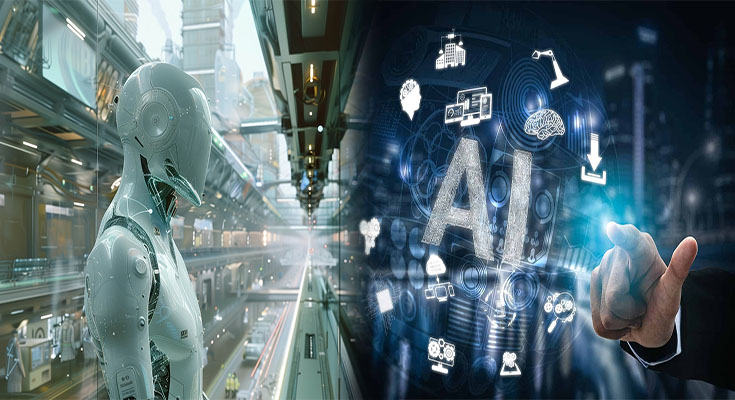
Understanding How Reactive Machines in AI Function and Their Limitations in Decision-Making
Reactive machines are a fundamental concept in the field of artificial intelligence (AI) that can respond to and interact with their environment based on programmed rules and inputs. Unlike other types of AI systems that use complex algorithms and learning processes, reactive machines operate in the present moment and do not have the ability to learn from past experiences or plan for the future. While reactive machines have their strengths in certain applications, they also possess limitations in decision-making that can impact their effectiveness and performance.
How Reactive Machines Function
Reactive machines in AI function by relying on predefined rules and inputs to make decisions and respond to stimuli in real-time. These machines do not have memory or the capacity to learn from past experiences, meaning that each action is determined solely by the current input without consideration of historical data. This simplicity allows reactive machines to be agile and …
Understanding How Reactive Machines in AI Function and Their Limitations in Decision-Making Read More




